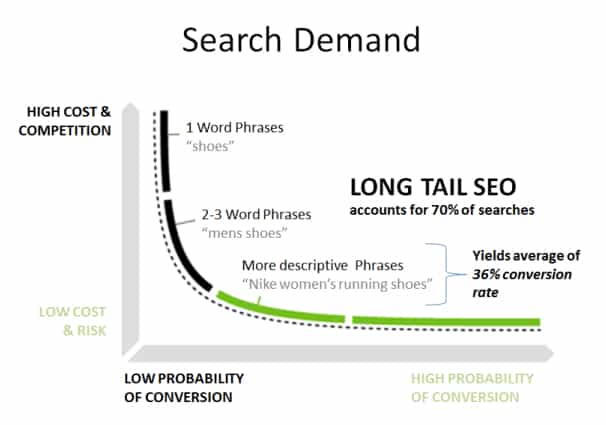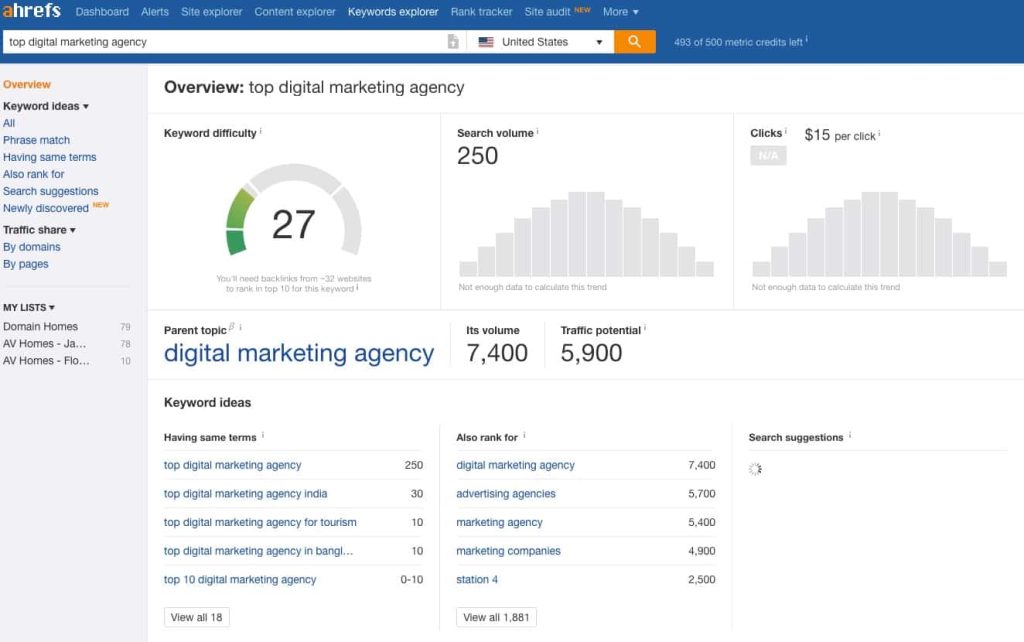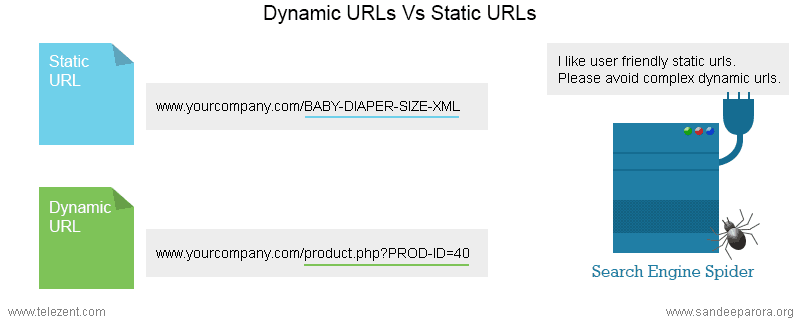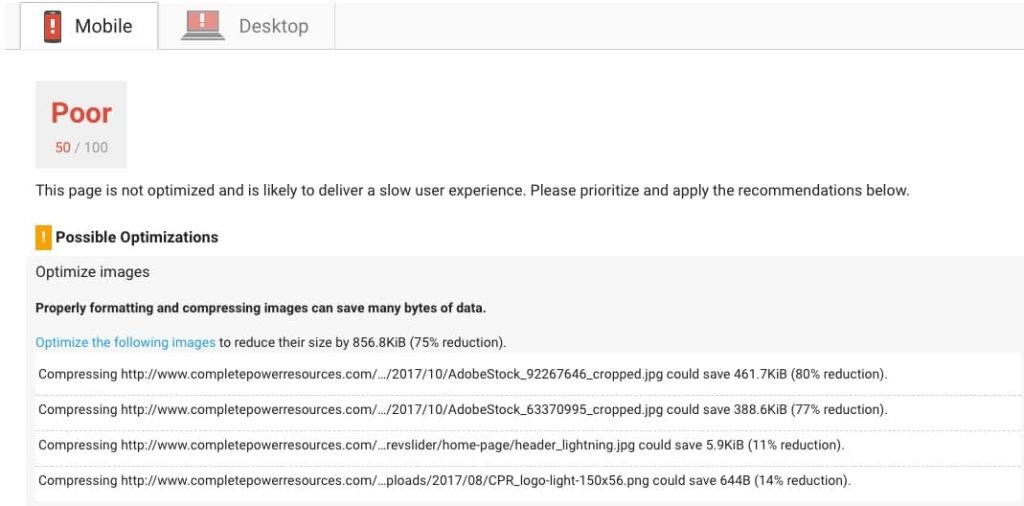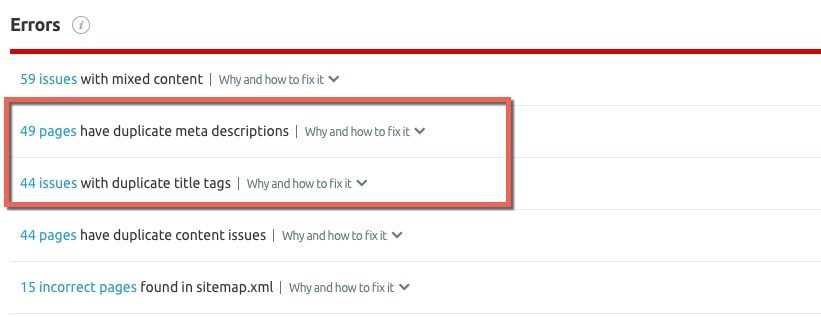SEO Practices in 2018: The Do’s and Don’ts
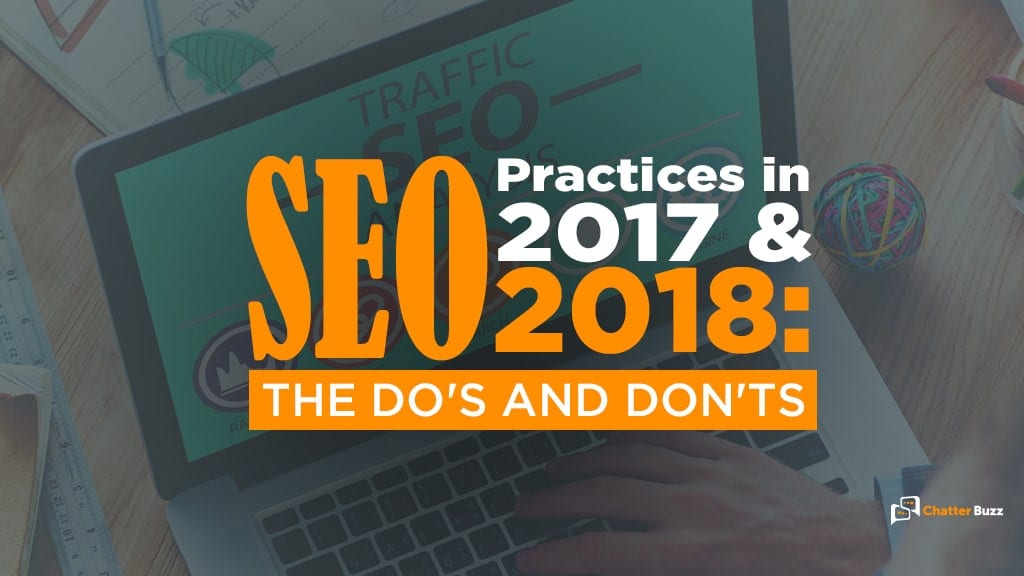
As Google performs more algorithm updates to keep up with user behavior, we’ll start to see major shifts in how we do SEO.
If you are not aware, the Google updates towards the end of December 2017 were pretty aggressive even our own organic search traffic was down and Google even somewhat confirmed some of them.
The SEO community is calling this algorithm, the Maccabees updates that seemed to target keyword permutations and even hit some celebrity sites. We also saw a PBN penalty roll out and maybe a featured snippets/knowledge graph algorithm update.
Nevertheless, Google (as with other search engines) becomes more accurate as each day goes by. This fact predisposes people to use various SEO strategies to get on Google’s good side. But some of the SEO techniques might not be the best choice.
In this guide, you’ll find some important SEO practices you should just DO — along with some “don’ts” for the rest of 2018.
1. “DO” Target Long-Tail Keywords with Long-Form Content
Rand Fishkin from Moz.com once stated that long-tail keywords cover nearly 70 percent of all queries that people put into Google. Moreover, according to research made by Ahrefs, the majority of Google searches have 3+ words in them. It means that long-tail keywords bring more quality traffic to your website in contrast to simple short keywords you might otherwise use.
But why should you write long-form content substantially?
Long-form content is more creative and informative. You can apply images, infographics, video material, etc. in it.
It attracts more people who will share it on their social media accounts. Furthermore, long-form content helps you target long-tail keywords more efficiently. It’s one of the best strategies you should follow.
2. “DO” Measure Keywords Metrics Before Writing Your Content
It’s crucial to measure and analyze the keyword metrics you use for your website. There are a few basic metrics you should follow to understand if a particular keyword is a good fit for your site. I highly recommend using a tool like Ahref to determine this information for you.
These metrics are:
* Keyword Difficulty
* Search Volume
* Return Rate
* Clicks
Don’t forget to analyze your keyword performance if you want your site to be found in the search.
3. “DO” Follow Relevant Linking Wisely
When it comes to linking, you should be careful about what you do. Yes, it’s essential to link to other websites and content. On the other hand, a thoughtlessly placed link might cause readers to think your site is full of spam.
If you don’t want to fall into a trap with your linking strategy, I recommend you focus on authoritative web resources. These resources have a high Domain Rating and visibility, so a link to one of those websites will bring you benefits that your site absolutely needs.
4. “DO” Build Static URLs
A website’s overall quality depends on the URLs that each page has. There are lots of discussions about what types of URLs perform better – Static URLs or Dynamic ones. To set things straight, let’s review the definitions for each type of URL.
A Static URL is the one that keeps its content unchanged as long as changes are not hard-coded with HTML. A Dynamic URL is one that’s a result of a search within a website, driven by a database running on a script. But why do Static URLs perform better in contrast to Dynamic ones? Here are some reasons to consider:
- High keyword prominence and relevancy
- High click-through-rates in SERPs, emails, web pages
- Can be adjusted to a particular anchor text that would help the page rank higher when linked-to directly in URL format
- The major search engines handle static URLs easily in contrast to dynamic ones (if there are multiple parameters).
While Dynamic URLs have lots of negatives, including:
- Lower click-through-rates
- Lower keyword prominence and relevance
- Almost impossible to remember the URL
- A high chance of cutting off the end of the URL that might lead to 404 or other errors
So, building Static URLs is an option you should remember.
5. “DO” Image Size Optimization
The top priorities of the images you use on your website should be high quality and small in size. You should always remember that images can slow down your site. If a visitor notices that your website downloads too slowly because of the images, he or she will leave it without any hesitations.
Furthermore, Google states that page speed is one of the most important ranking factors. Therefore, test your pages with the help of the Pagespeed Insights tool.
Here are criteria you should be focused on:
- Filename. A descriptive file name is just like a keyword you use in a particular URL. It helps search engines determine relevancy. Each image must have information about it. Forget about a “DSC0023.jpg” file name for the images. As you can see, using that as the name of the image won’t get noticed by search engines. Instead, provide a full descriptive name. For example, “floyd-mayweather-punches-mcgregor.jpg.”
- Image linking. Images work ideally for linking. To do this correctly, you should use relevant keywords. Furthermore, this technique performs in an excellent manner when you publish a guest post on other websites. You can add a link back to your site directly from the images.
- ALT tag. This is one of the most important image attributes. ALT tag tells search engines about the topic your image is relevant to. Practice shows that it is far better to keep ALT tags short but descriptive.
- Image relevancy. It goes without saying that the images you apply must be strictly relevant to what they describe. You shouldn’t post an image of a “child” on the page related to “soldiery.”
- Image size. Perhaps this criterion plays a crucial role in the process of optimization. If images make your page load at a slow pace, it will lead to “user crisis.” People don’t like to wait even 10 seconds for the page to download. So, you should compress images you’re willing to add to your website.
6. “DO” Create A Sitemap
You know that a search engine needs to index all the pages on your website to display it in SERPs. However, newcomers don’t know how to help search engines index website’s pages. Likely, the solution is as easy as A-B-C. Create a sitemap that lists every page on your website that makes the process of indexing much simpler for search engines. Don’t neglect this step.
7. “DO” Mobile-optimization
Nowadays almost every single person uses mobile devices to stay in touch. Furthermore, a mobile device is an excellent way to spend your time on the internet. Google knows that as well. As a result, the main search engine in the world likes mobile-friendly websites. To avoid being ignored by Google, you should do a mobile optimization of your site. Don’t overwhelm your website with ads and try to make it easy for mobile users to navigate.
8. “DO” Focus on Local SEO
I’d like to start with the numbers first. Do you know that 43 percent of Google, 25 percent of Bing, and 25 percent of Yahoo searches are location-oriented? Furthermore, 50 percent of all mobile searchers carried local intent.
Local SEO is an excellent strategy to help you attract and satisfy lots of people — especially if your website offers services that can be delivered across your location.
Here are some tips:
- Stick to local keywords.
- Add yourself to Google My Business
- Prepare high-quality content on your blog
- Point out all contacts that are related to your business
- Create a localized domain name
9. “DO” Invest Heavily in Social Media Presence
I consider social media marketing to be one of the best free ways to advance your website. A social media presence is not just about creating accounts throughout modern platforms. It’s more about how frequently you post news on content and the level of engagement you get.
If you are producing content or constantly contributing, share them on social media. If you read other publications within your industry go ahead and share them as well. There are a lot of content you can cover within social media so there should no excuse on why not to participate.
Furthermore, you know that search engines use algorithms to specify if your content is worth being ranked. Users of social media platforms choose articles they think have value. If they see that your content is readable and useful, they will share it on their social media accounts.
10. “DO” Blogging
Blogging is definitely a “must” option for your website from an SEO perspective. Furthermore, blogging is a powerful tool that can meet your business needs. You should know how to set up a blog for any kind of business you’re planning to manage.
Nevertheless, blogging requires a couple of rules that you need to follow.
First of all, nobody wants to read outdated content. That means you should produce high-quality content as often as possible.
Second, don’t restrict yourself to writing formal, text-only articles. Mix your content up with images, infographics, and video material. Try to make your blog look impressive and eye-catching.
I’ve mentioned that high-quality content is sharable on social media channels; it will bring more traffic to your website.
11. “DO” Guest Posting
Blogging and guest posting has one common attribute — content writing. However, if blogging is directed at improving your blog, guest posting is all about writing articles for other websites.
Guest posting has other benefits because:
- Gets you quality traffic
- Establishes your authority on the subject
- Improves your writing skills
- Offers social networking benefits
- Generates awareness of your site and business
- Offers link-building opportunities
Now consider some of the things to avoid in 2018:
1. “DON’T” Chase for Backlinks Only
You might think building backlinks is a core strategy you should practice, and I don’t want to deceive you – it is. Yes, it’s important to build links to relative websites. But don’t do this blindly. Some key tips:
- Quality over quantity. Try to at least get a link from a domain authority of 30+
- Do not get too many links all at once. This will flag search engine as you may be link baiting.
- Do not just settle for easy links like social bookmarking, directories, etc. The harder it is to get a link, usually it is better quality.
The reason why you should walk the line concerning link-building is simple. Google might consider a huge amount of links to or from other websites as something suspicious (for example, gray/black hat SEO strategy.) So, use linking wisely!
2. “DON’T” Pay for Links
When you link to some reputable websites or get backlinks with the help of guest posting, Google won’t penalize your site. However, when you buy links from low-authority (or even high-authority) web resources, you might get in trouble.
Remember that Google is kindly disposed toward those backlinks to your website that have been made naturally. So …
- No payments.
- Do not use what is called “link farm” websites.
- Only natural ways of getting links are preferable.
3. “DON’T” Use External Linking Too Often
It’s not surprising that using external linking too often might be disliked by Google. When Google finds lots of external links on your website, it might consider these links to be spam or you are just just one of those directory websites.
It’s been stated that using unnatural ways of linking will be penalized by Google. Again, don’t overuse external linking.
4. “DON’T” Use Exact Anchor Texts or Even Keyword Stuff
Now I’d like you to reflect back to the early days of SEO, when various professionals used questionable techniques to affect website ranking in Google. This led to a focus on keyword density.
“Keyword stuffing” is when a particular website contains a list of keywords (words and phrases) not relevant to the content of the website. Here are examples of keyword stuffing, courtesy of Google:
- Using the same words or phrases too often (eg. Our company produces high-quality mobile apps. If you need to buy high-quality mobile apps for low prices, you can check our prices here. If you already decided to buy high-quality mobile apps, then get in touch with us using this email address.)
- Different lists of phone numbers or addresses that are irrelevant to your website.
Keep in mind that there are plenty of websites that use keyword stuffing. But don’t be swayed to do the same thing, since keyword stuffing causes your SERP rankings to go lower.
And it’s going to get more difficult for a searcher to get the information they need.
5. “DON’T” Focus On “Text” Content Only
I don’t want to suggest that written content performs terribly. That’s not the case. Written content is the basis for every blog on the web. But you must enrich your blog with high-quality articles, no question.
However, I encourage you not to become a 100 percent advocate of this practice.
Instead, try to show a bit of creativity. Publish video content. It will resonate with your target audience. There’s a bunch of people who like to read 3,000+ word pieces of content, but quite a few others would prefer watch an interesting video instead. To sum up, devote yourself to creating other content forms.
6. “DON’T” Use the Same Titles for Multiple Content
Duplicating the same titles throughout the content on the website is not a good strategy. This is a mistake that website owners make.
When you use the same titles on different pages of your website, it makes it more difficult for search engines to recognize the diversity of content your website contains. It’s a well-known fact that people use long-tail keywords as the titles of the posts on their blogs. But the problem is they use the same long-tail keyword titles for several articles in a row. You should never do this.
7. “DON’T” Copy External Content
Copying pieces of content on separate pages of your website brings you neither value nor harm. Doing the same procedure with external content will bring you trouble. It clouds search spiders that make it harder to recognize the syndicated content. Eventually, your website may lose its rankings on Google (or even get a penalty.)
In Conclusion:
Following these recommendations, you will have built a complete picture of what SEO practices work — and don’t –work.
I’ve listed 11 “DOs” and 7 “DON’Ts” that you should take into consideration. I encourage you to share your thoughts in a comment section. If you have others to add, please do so as well.
And don’t forget to tell your friends about this post via social media channels 🙂
Do you need someone to help you achieve your growth goals - then let us help you crush them? Let's chat!
Error: Contact form not found.

